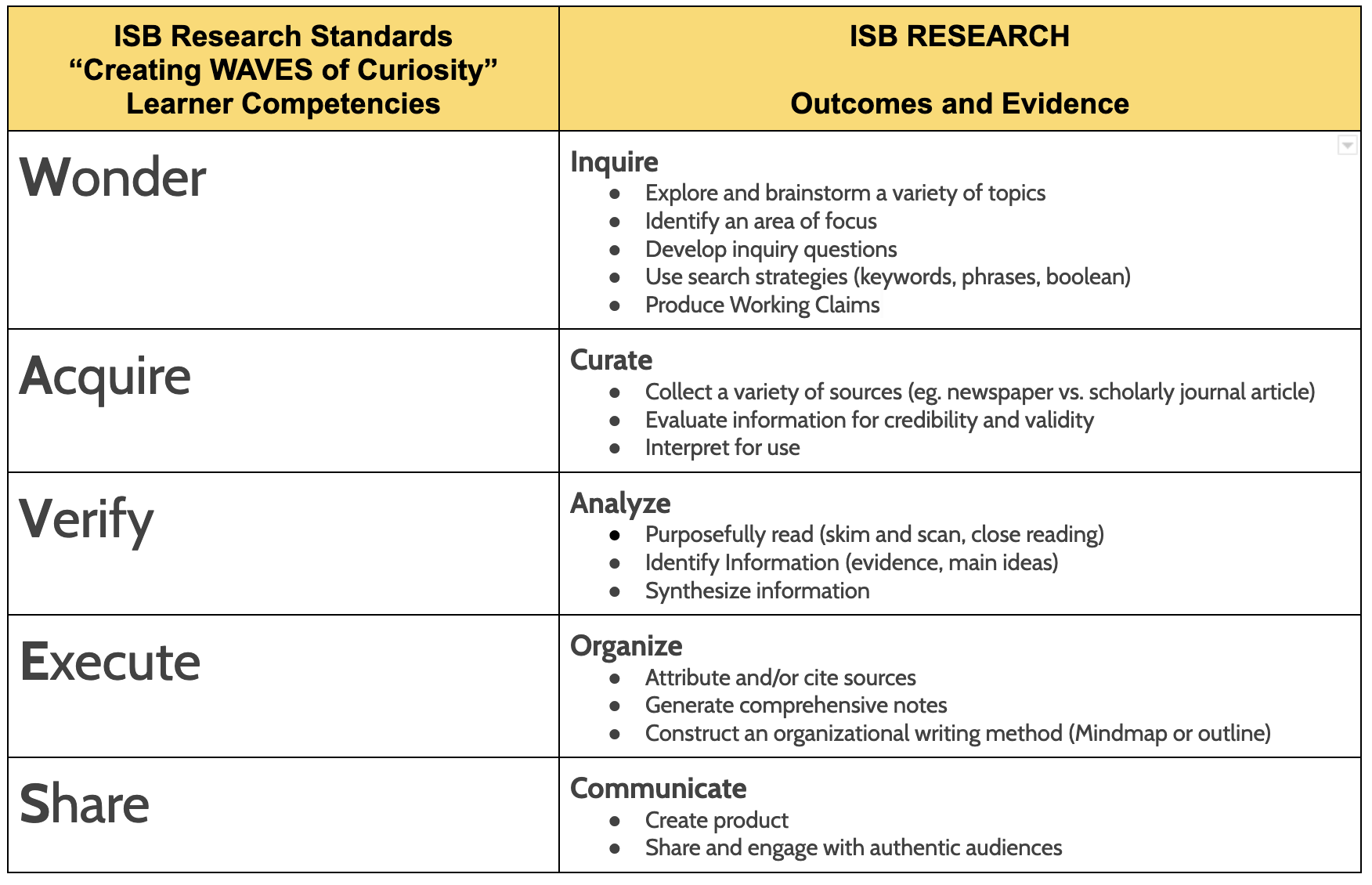
Recommended FREE Databases
 |
 |
 |
| Sooth.fyi - https://app.sooth.fyi/. This is the search engine for resources that are vetted. I like the groupings, and it is very visual. Also gives an encyclopedia/dictionary as part of the site as well as sources. | Consensus - https://consensus. |
Google Scholar - https://scholar.google.com/. |
 CREDO SOURCE - access to all Infobase Sources in one location with MindMaps and connections.
CREDO SOURCE - access to all Infobase Sources in one location with MindMaps and connections.
 EXPLORA aggregates all of the databases within EBSCO to make searching millions of articles easier
EXPLORA aggregates all of the databases within EBSCO to make searching millions of articles easier
 JSTOR provides a wide range of sources that are all Academic Journal articles.
JSTOR provides a wide range of sources that are all Academic Journal articles.
Nonpartisan organization that conducts research on public policy. The site contains analysis of a commentary on many issues.
From the New York Times
Frequently used sites related to the U.S. Government.
Reports from the Public Broadcasting System. Has national and international coverage.
MLA Handbook. 8th ed., New York, Modern Language Association of America, 2016.

